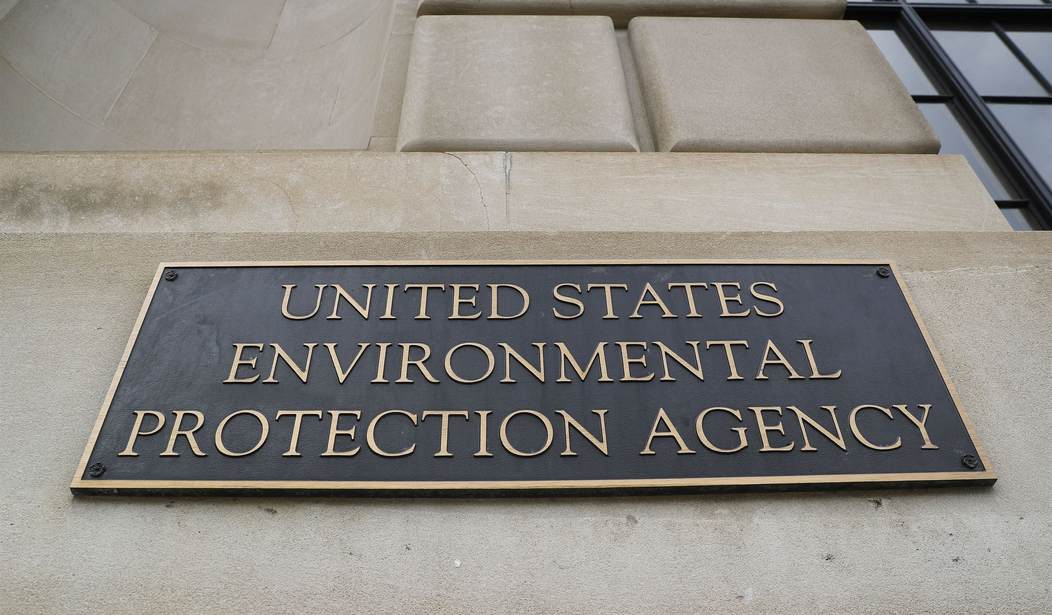Earlier this week, a series of FOIA-requested internal documents and communications were released which found serious flaws in the Environmental Protection Agency’s (EPA) Integrated Risk Information System’s (IRIS) draft formaldehyde assessment. Specifically, the e-mails exposed serious questions of transparency in what is supposed to be an independent review by the National Academies of Sciences (NAS).
EPA launched the IRIS Program in 1985, “to provide an internal database of human health assessments for chemicals found in the environment.” In 1996, the agency also created a new IRIS assessment development process, with new requirements including a “nomination process” and an “independent external peer review” of the assessments. The nomination process is meant to find researchers for non-biased scientific review. Peer review is supposed to be the gold standard for any scientific evaluation. The e-mails show that the nomination process was corrupted and that the NAS peer review may just be Fool’s Gold.
The NAS has not been practicing independent, external peer review. And, in a massive conflict of interest and breach of professional protocol, NAS employees actually reached out to officials at the EPA for recommendations during the nomination process for the NAS review.
Moreover, one of the chief officers on the latest NAS report had been a senior EPA official from 2005 to 2014. Uncovered emails show that, on multiple occasions, the former EPA employee “demonstrated a disregard for standard practices … in order to advance a favored agenda” and bias to the highly disputed claim about formaldehyde levels and leukemia.
In October (2021), a NAS employee reached out to an EPA officially announcing the launch of the NAS “study on the EPA’s formaldehyde assessment” and that they would be “grateful for any suggestions [EPA employee] would have for nominees.”
Recommended

Further emails detail continued communications, with one EPA employee almost gleeful that the nominations for experts for the so-called independent review had been extended.

To make matters worse, the same NAS employee that reached out to EPA for nominations for the review is a former employee of the EPA and has previously worked on formaldehyde assessments for the federal agency. And as found in emails, the same employee has a bias towards the contentious claim over the harm posed by formaldehyde.

All in all, it’s damning and indicative that the NAS review process is indeed not a gold standard for independent review. It is important that the EPA and NAS make significant changes to ensure future analysis can be trusted.
The EPA ought to examine the entire IRIS review process to ensure both scientific integrity, as well as avoid any possible legal ramifications for what is a clear violation of the 1996 development process. The NAS must also inspect its own review process to ensure that the non-governmental agency is truly autonomous and can be relied upon for independent reviews. While protecting public health is laudable, public health agencies and NGOs must adhere to science influenced by facts, not desires.
At issue is the safety of formaldehyde. Formaldehyde has been extensively studied over the past half century, with more than a dozen peer-reviewed studies indicating that the levels of formaldehyde typically found in homes and workplaces are at a significantly lower level than what’s considered safe to be exposed to.
Formaldehyde is found in many everyday necessities of human life, including building and construction products, in healthcare settings including in cleaning products killing bacteria and as a preservative for certain sterilizers and vaccines, consumer goods, and automobiles. Not only would draconian standards imposed by partial reviewers threaten innovation, but it could severely threaten access to such goods, as well as impact employees manufacturing those goods.
Policymakers and the public should be closely monitoring the developments at EPA in the wake of this damning episode of lacking transparency, indicative of a revolving door between officials at the EPA and those who are supposed to check the EPA. It is time for accountability and honest science from the EPA and NAS.
Lindsey Stroud is Director of the Taxpayers Protection Alliance’s Consumer Center.

























Join the conversation as a VIP Member